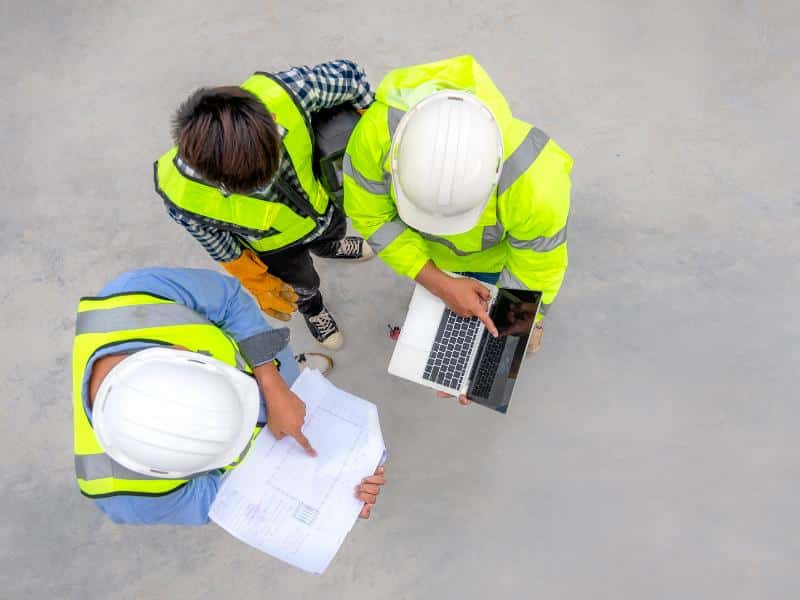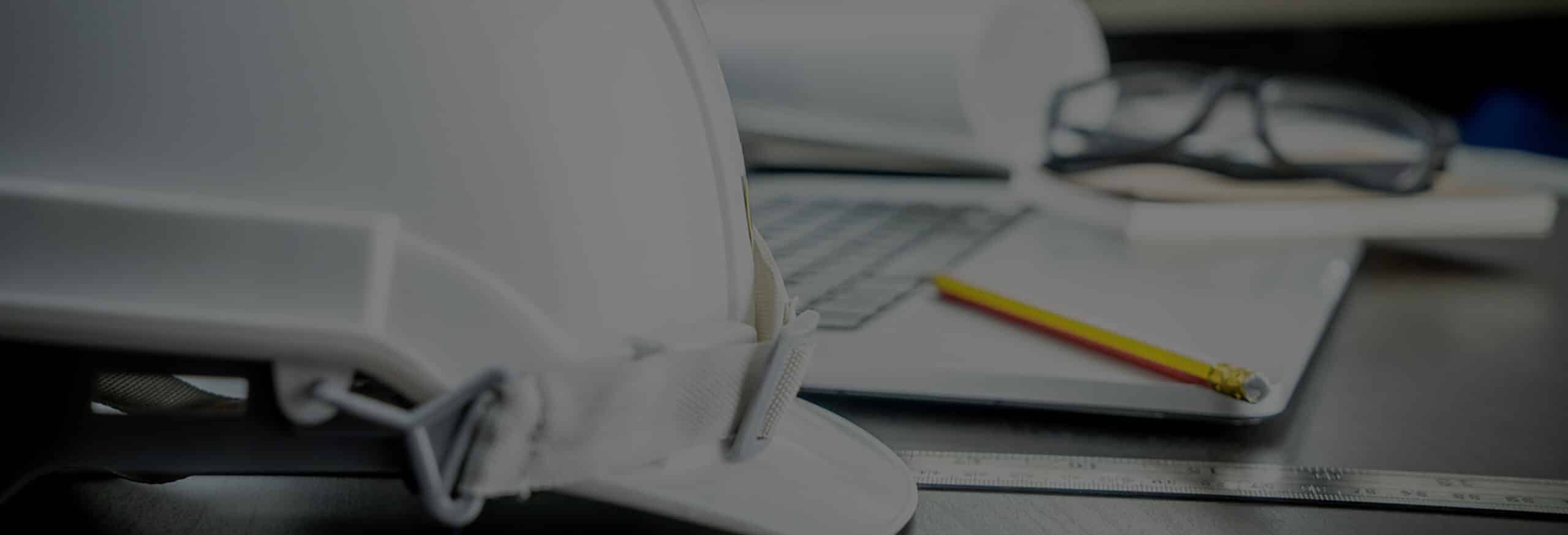
14 Dec What to Expect From a Building Envelope Inspection
If you’re a property owner, you understand the importance of maintaining your investment and ensuring the longevity and performance of your building. One crucial aspect of this is the building envelope, which serves as the protective barrier between the interior and exterior environments. Over time, building envelopes can develop issues that compromise their integrity, potentially leading to structural problems and costly repairs. To prevent these issues and safeguard your property, building envelope inspections are essential. In this blog, we’ll explore the key aspects of building envelope inspections, giving you insights into what to expect during this critical process.
The Importance of Building Envelope Inspections
Building envelope inspections are comprehensive evaluations of the building’s exterior components to assess their condition and performance. These inspections are crucial for several reasons:
- Preventing Costly Repairs: Identifying issues early through inspections allows for timely repairs, preventing minor problems from escalating into costly, extensive damage.
- Extending the Building’s Lifespan: Regular inspections and maintenance can significantly extend the lifespan of your building, providing long-term value and cost savings.
- Ensuring Energy Efficiency: A well-maintained building envelope helps improve energy efficiency by preventing air leaks and moisture intrusion, leading to reduced utility bills.
- Protecting Indoor Air Quality: A properly functioning building envelope helps maintain indoor air quality by preventing the intrusion of pollutants and allergens from the outside.
What to Expect During a Building Envelope Inspection
A comprehensive building envelope inspection involves a series of steps and evaluations to thoroughly assess the condition and performance of the building’s exterior components. Here’s what you can expect during the inspection process:
1. Visual Inspection
The inspection typically begins with a visual assessment of the building’s exterior. Inspectors look for visible signs of damage, wear, or deterioration. This includes examining the condition of the roof, walls, windows, doors, and foundation.
2. Thermographic Inspection
Thermographic or infrared imaging may be used to identify areas with temperature differences. These variations can indicate insulation problems, water intrusion, or air leaks.
3. Moisture Testing
Moisture meters and other testing methods are employed to detect moisture intrusion within the building envelope. Moisture can lead to mold growth and structural damage if left unaddressed.
4. Air Infiltration Testing
Inspectors may perform tests to assess air infiltration and leakage within the building envelope. Addressing air leaks can improve energy efficiency.
5. Documentation
Throughout the inspection, detailed documentation is essential. Inspectors create reports that include descriptions of any issues found, photographs, and recommendations for repairs or maintenance.
Hiring the Right Building Envelope Inspector
Building envelope inspections are a critical part of property maintenance and protection. By understanding what to expect during the inspection process and hiring the right inspector, property owners can ensure their buildings remain resilient, efficient, and in compliance with building codes. Regular inspections are an investment in the long-term health and performance of your property, providing peace of mind and cost savings in the years to come.
At Alliance Consulting & Testing, we specialize in building envelope inspections and related services. Our team of experts is dedicated to helping property owners maintain the integrity of their buildings. Contact us today to schedule your building envelope inspection and take the first step in protecting your investment for the future.

